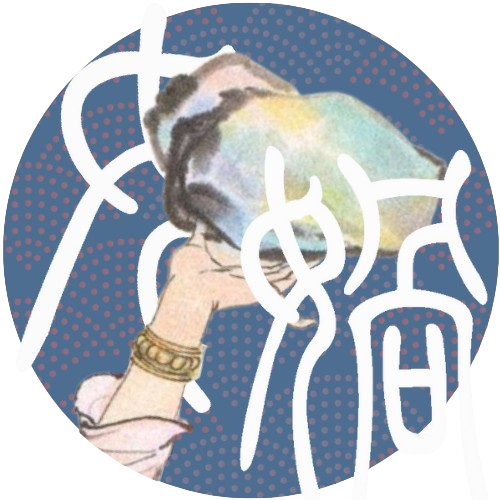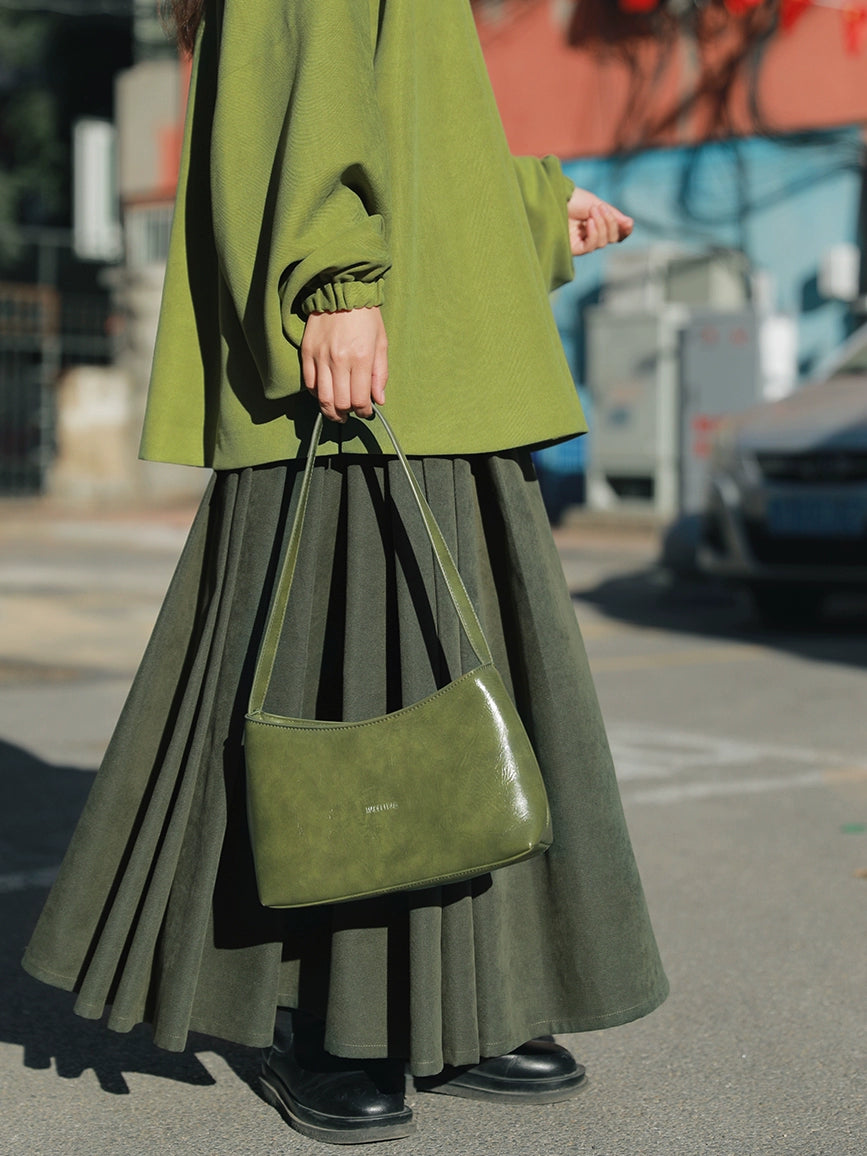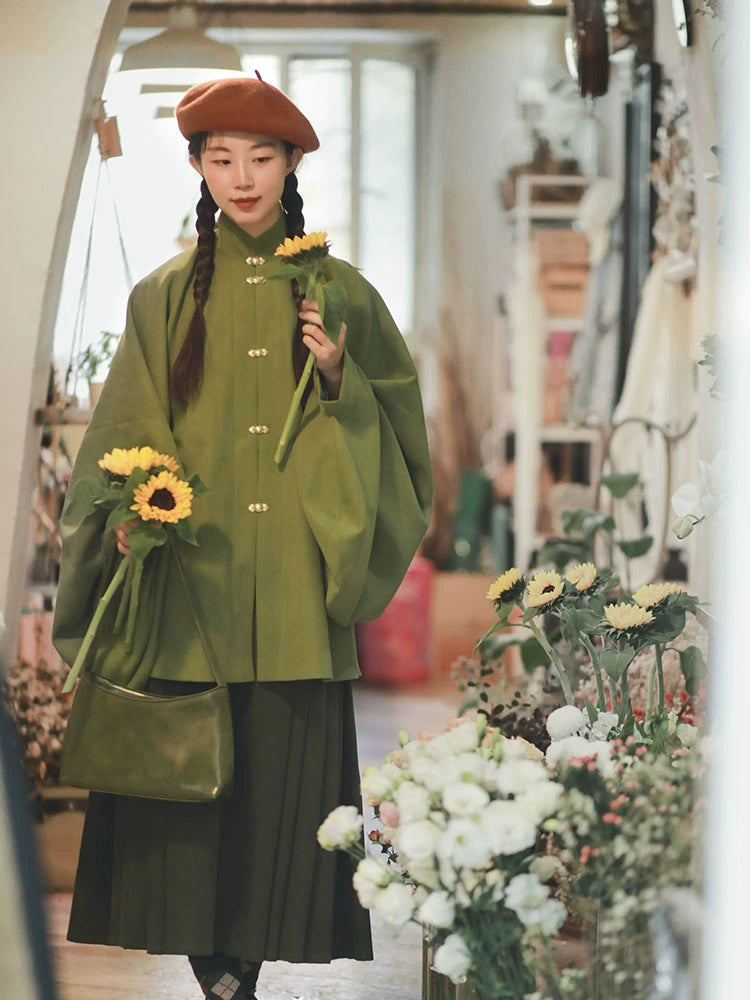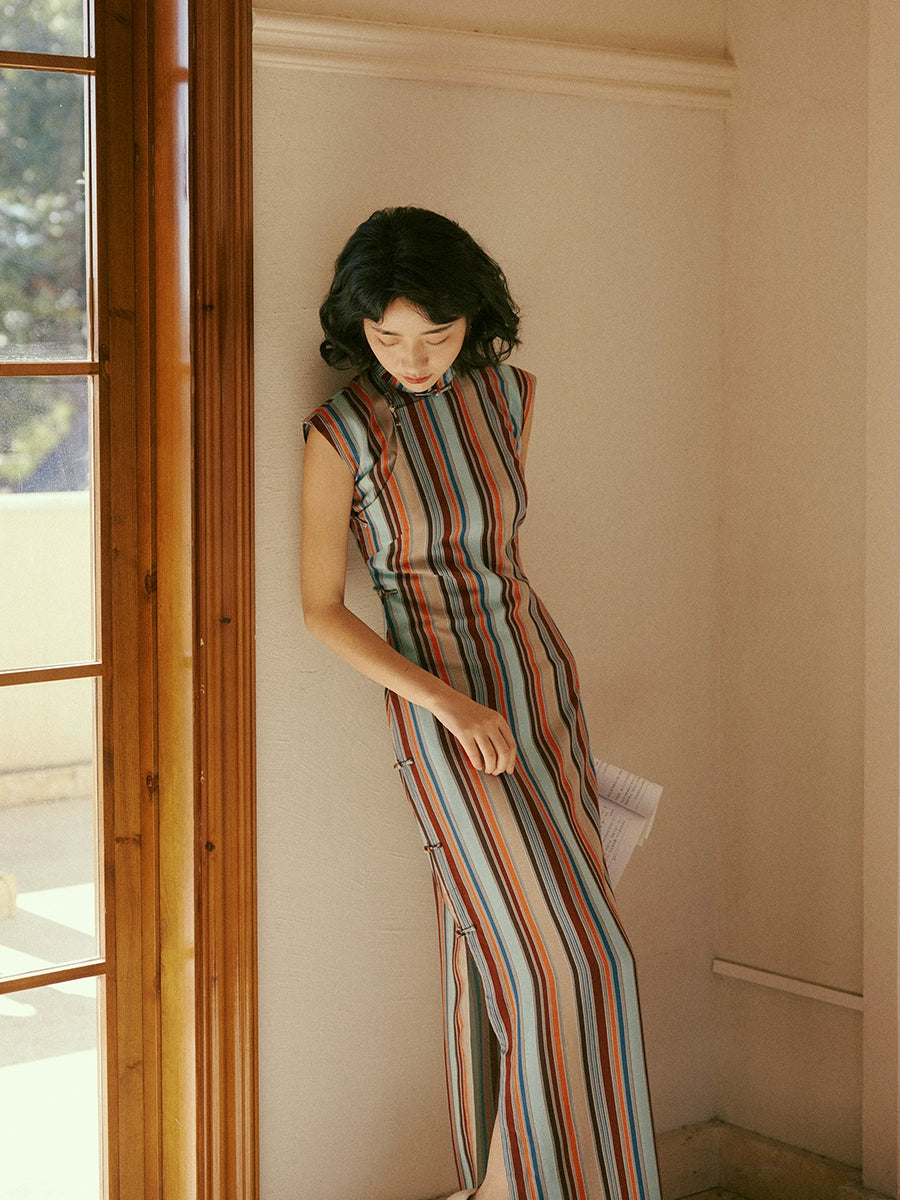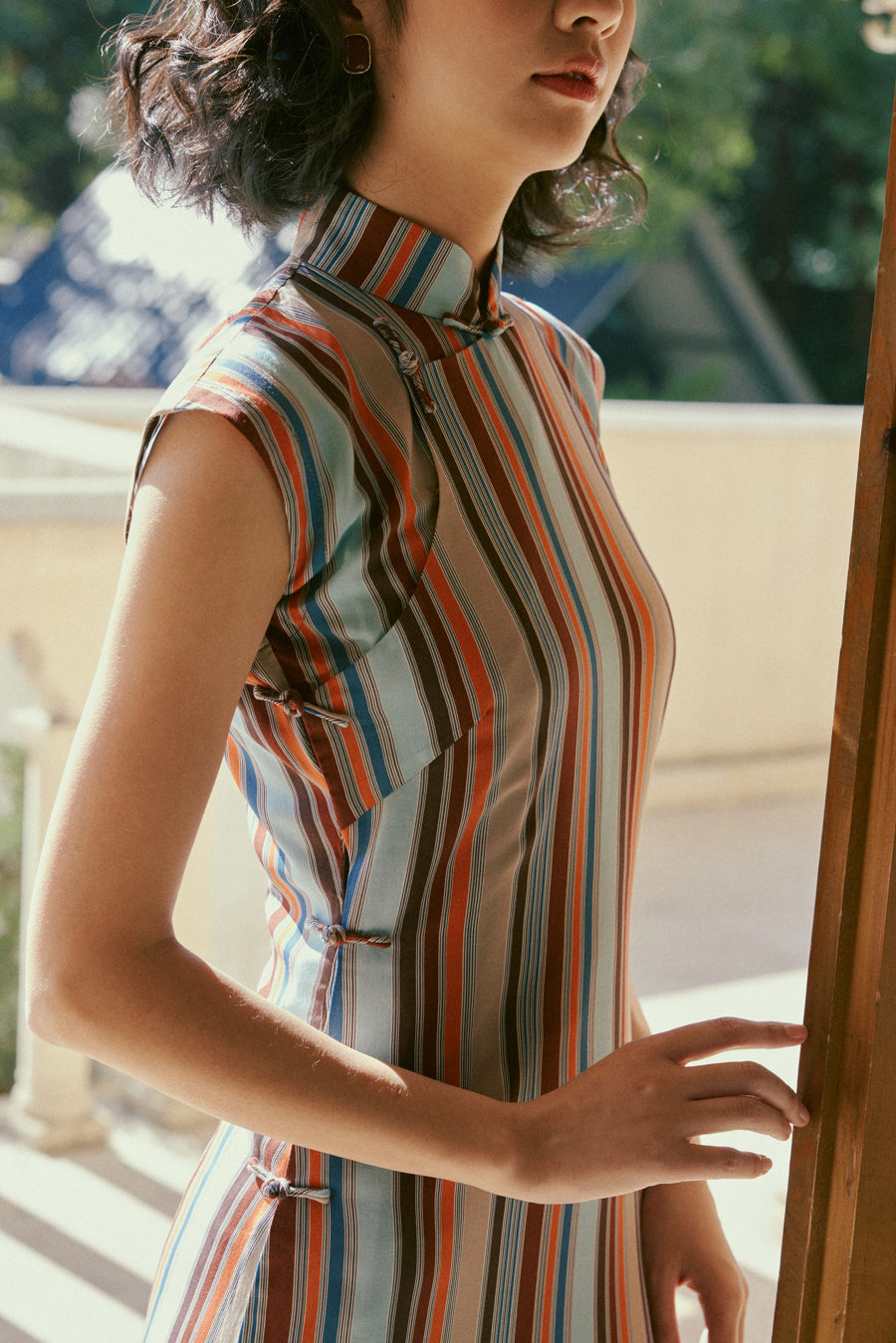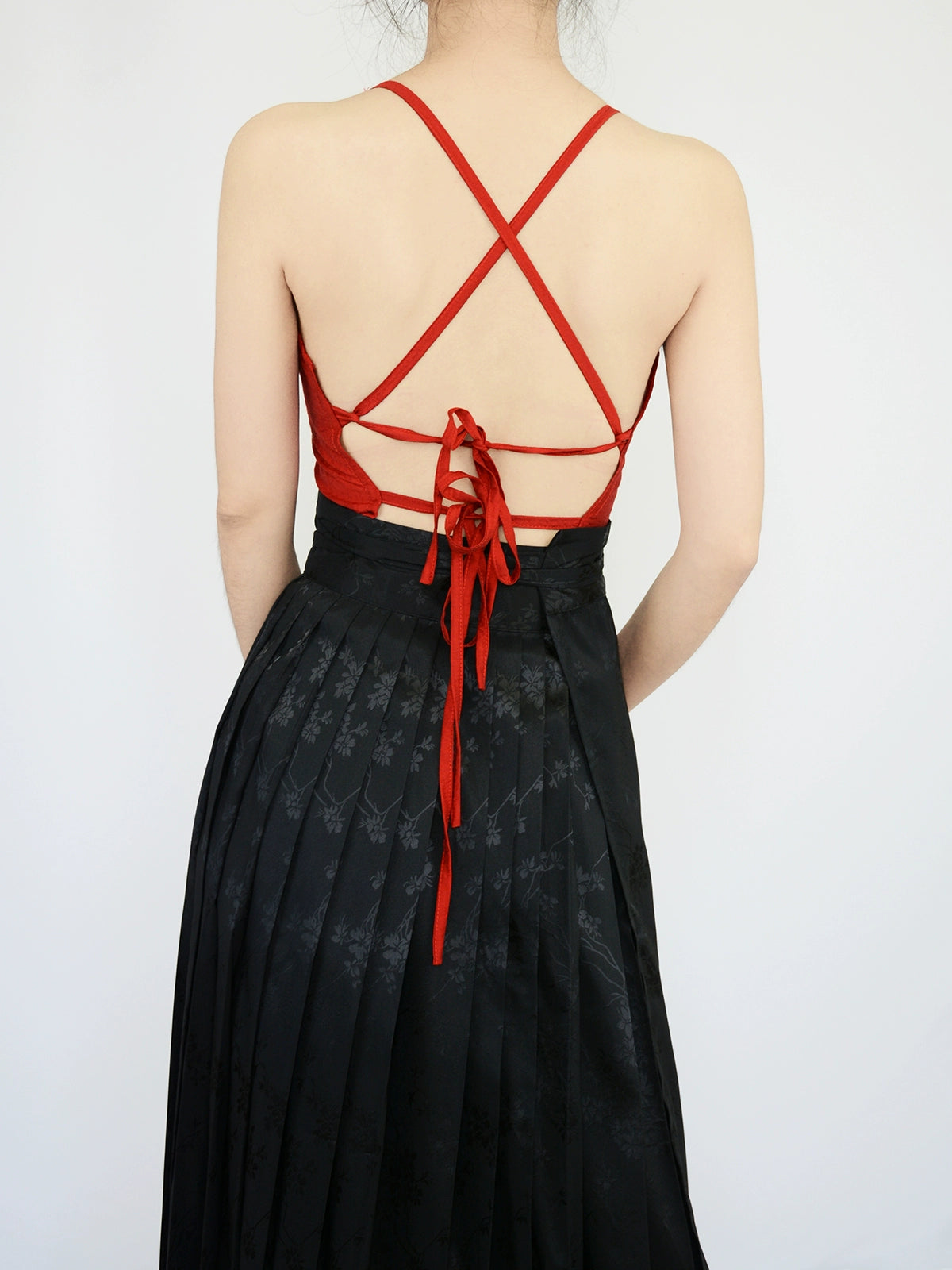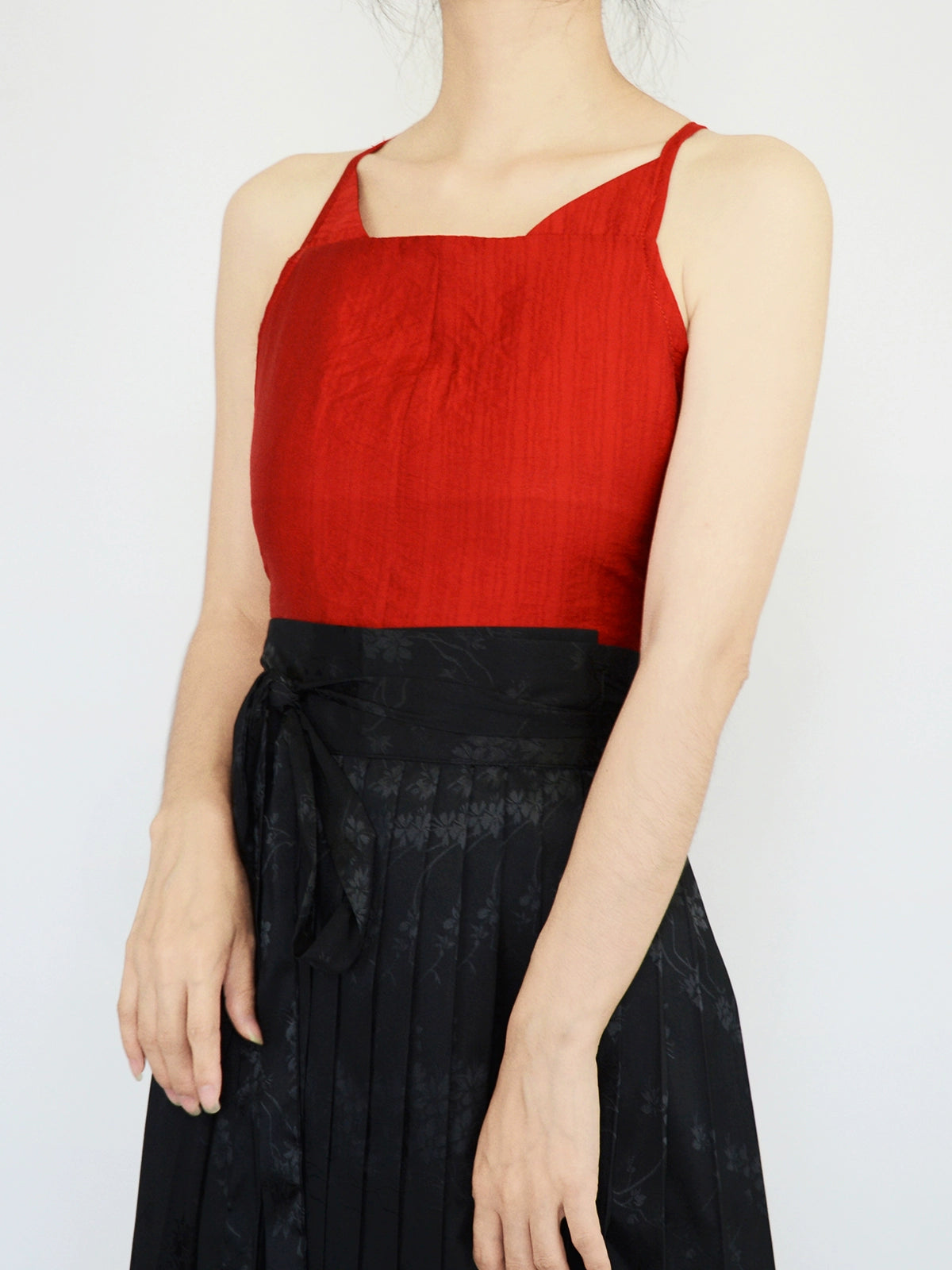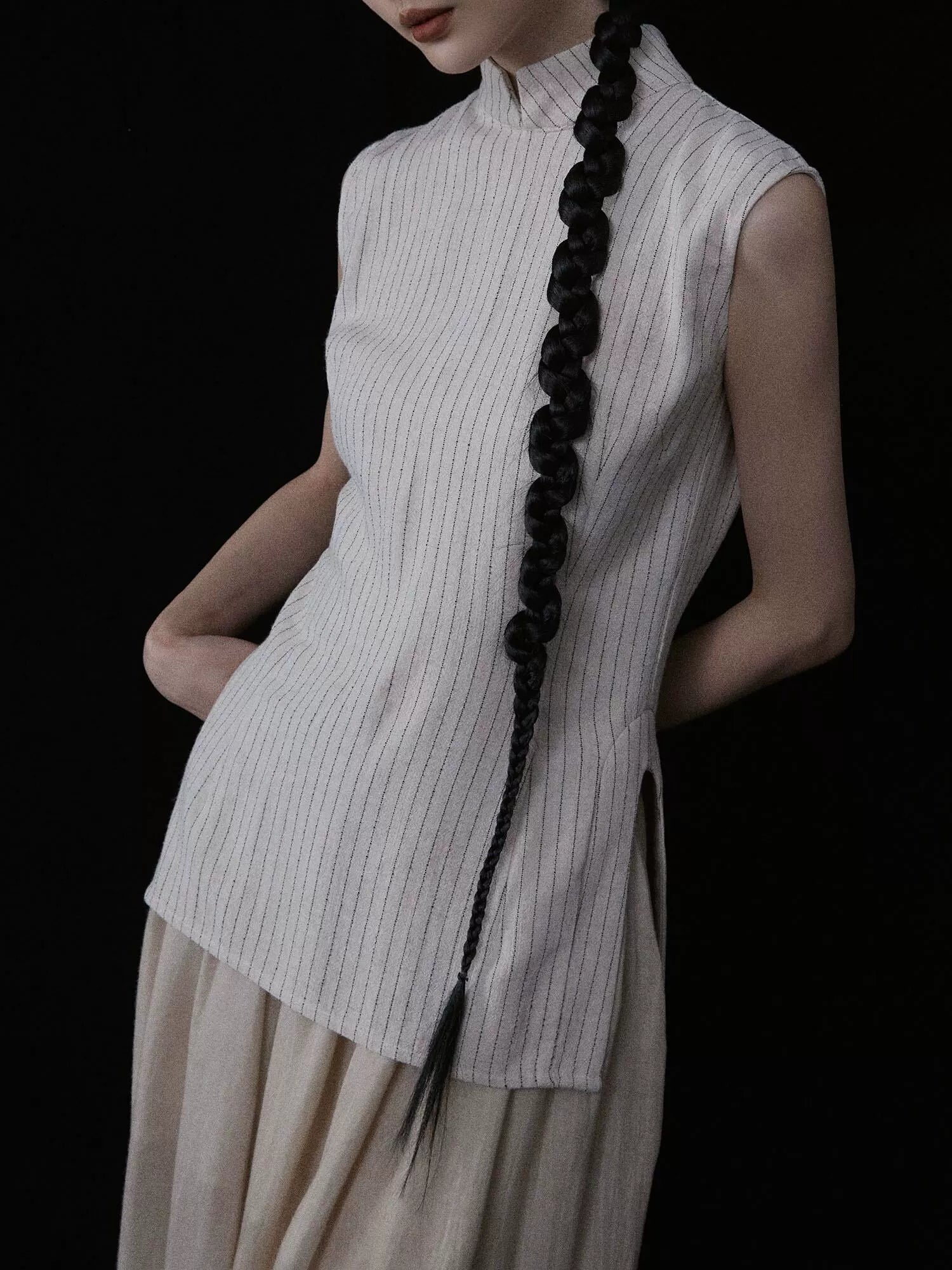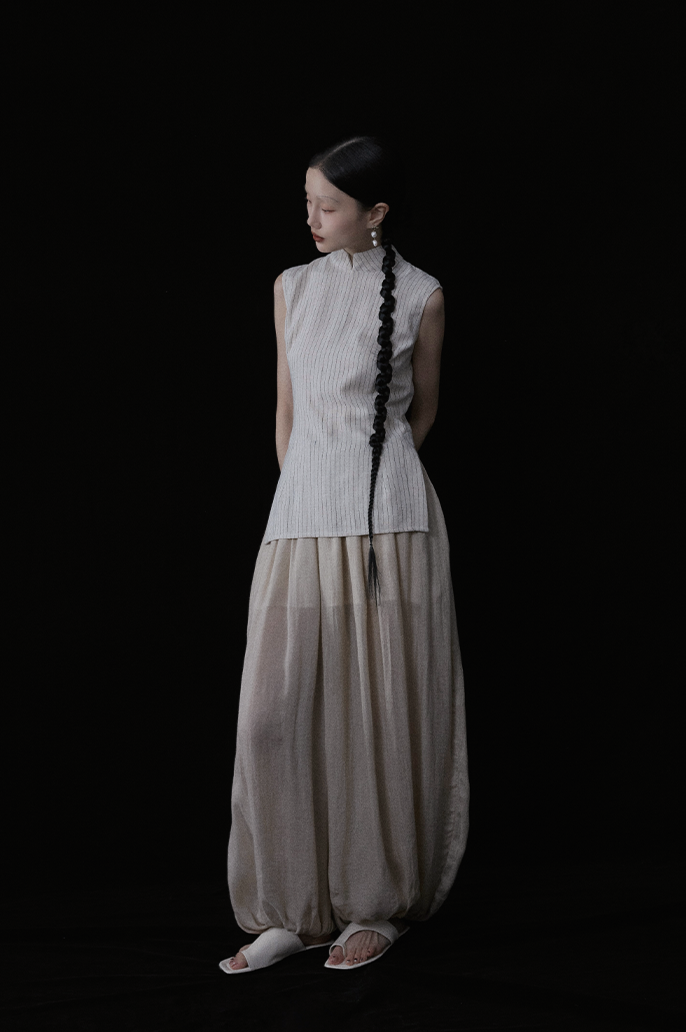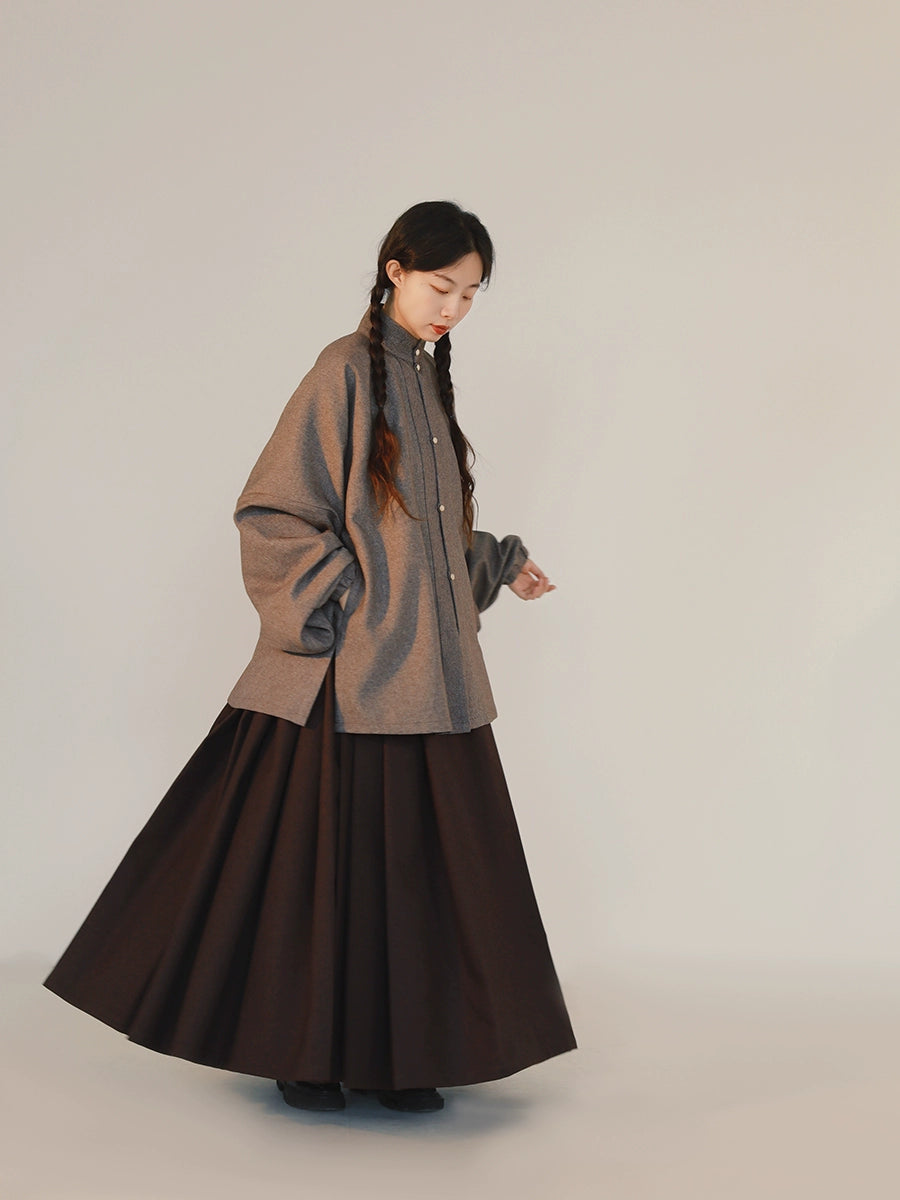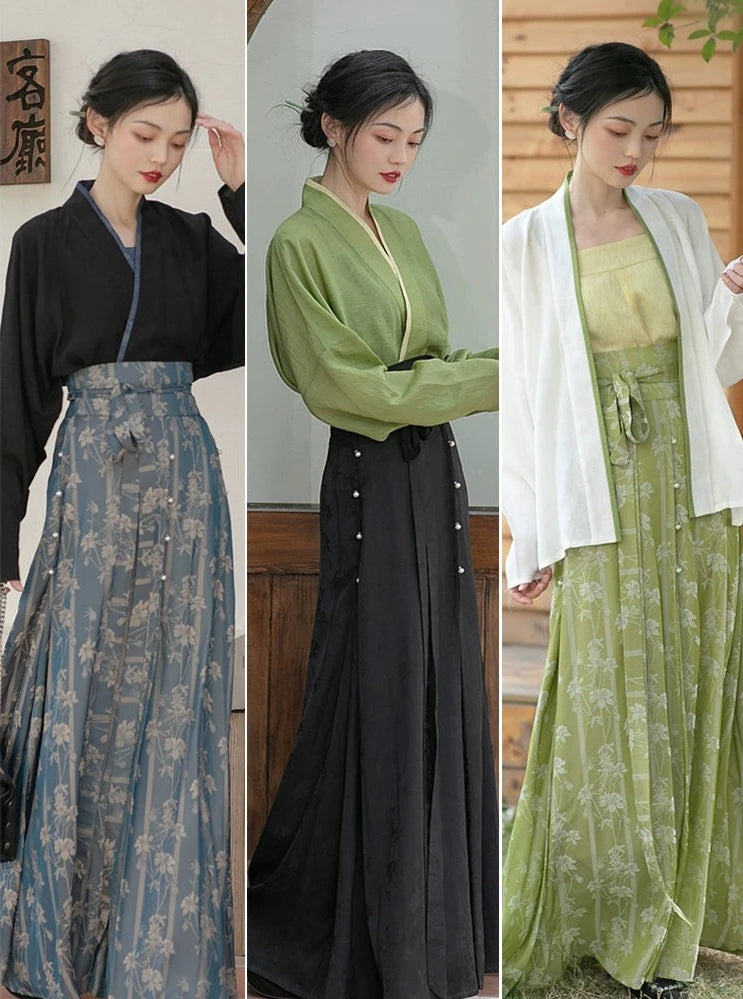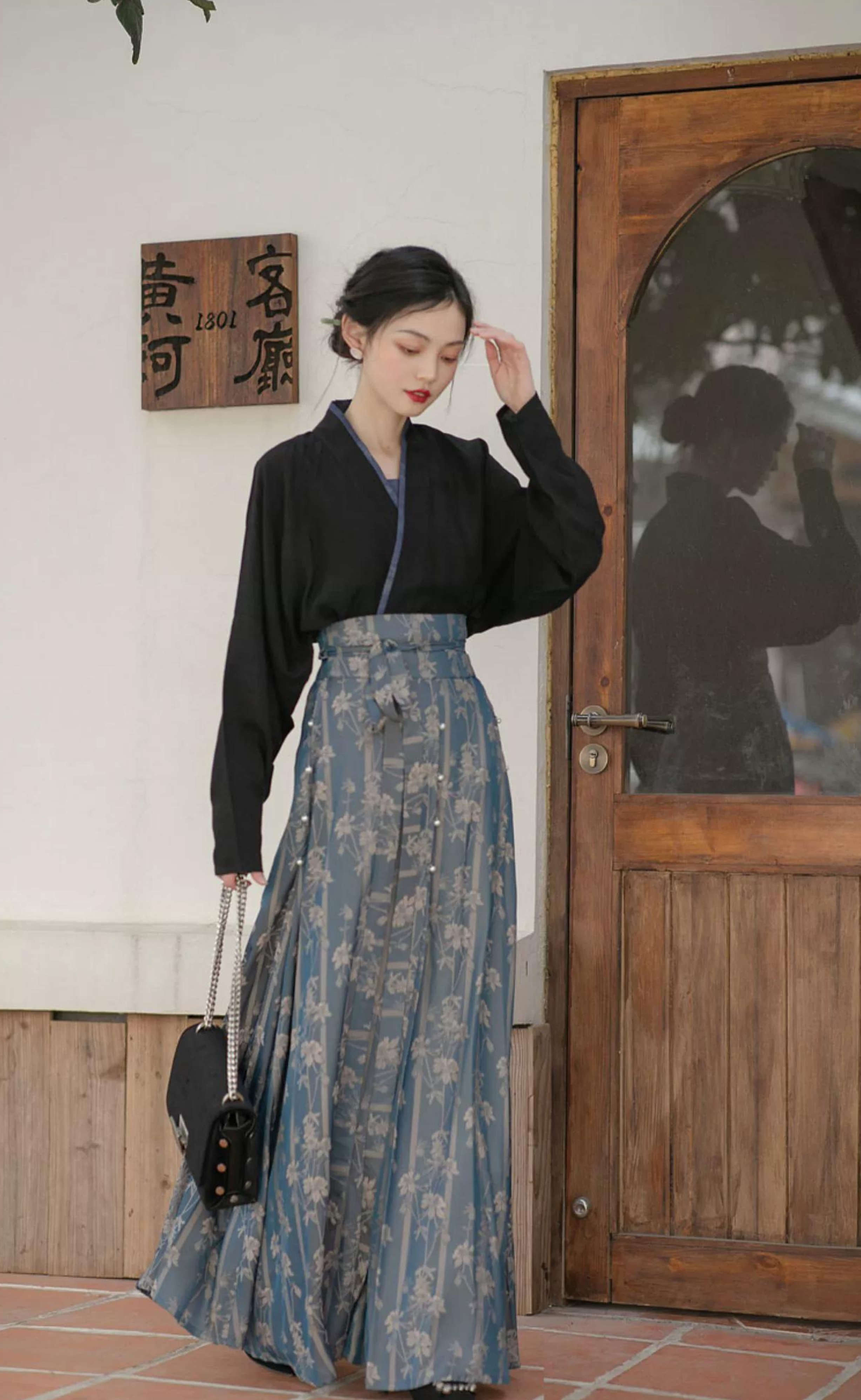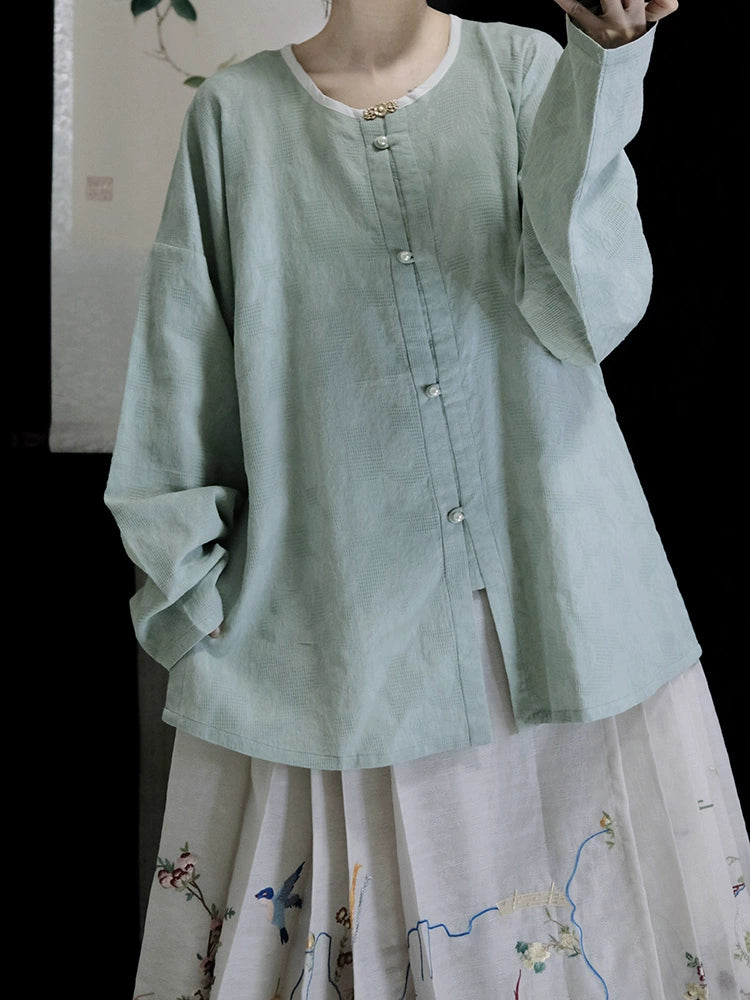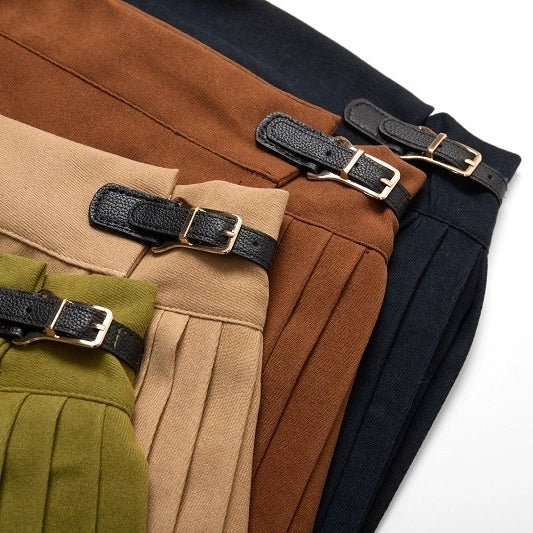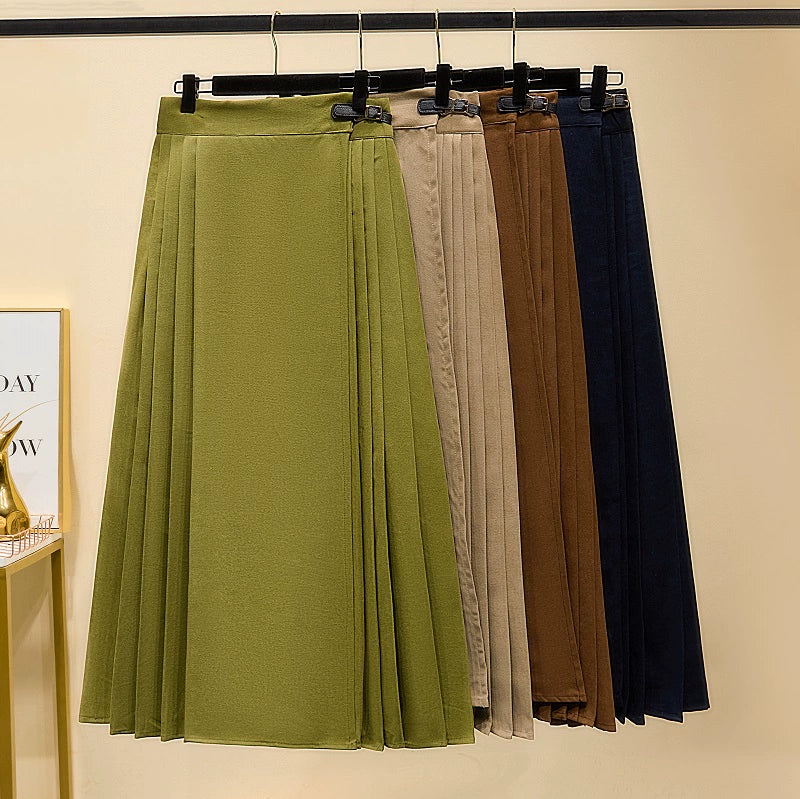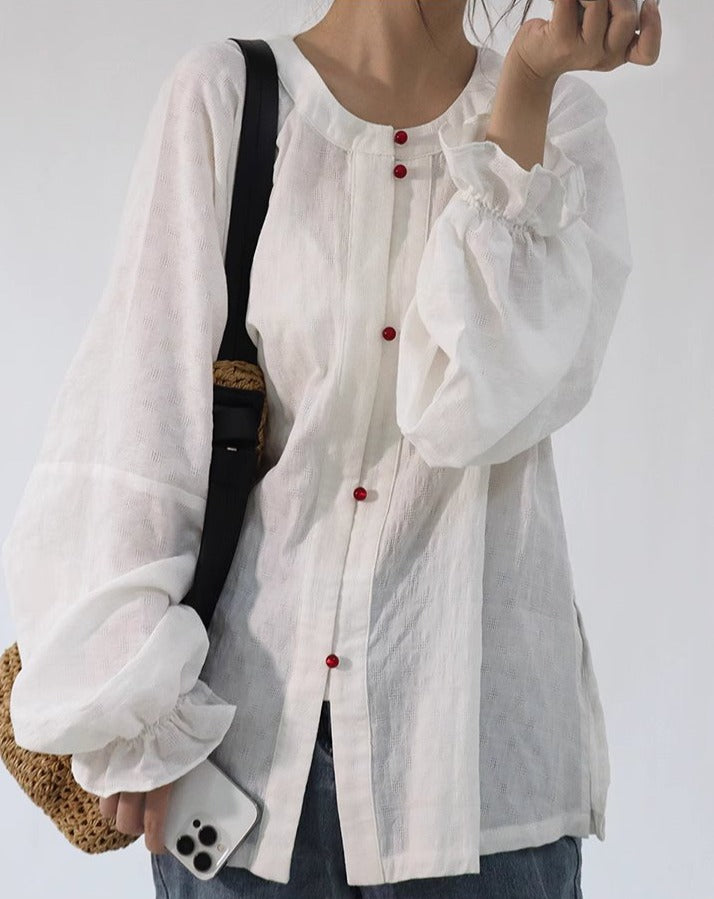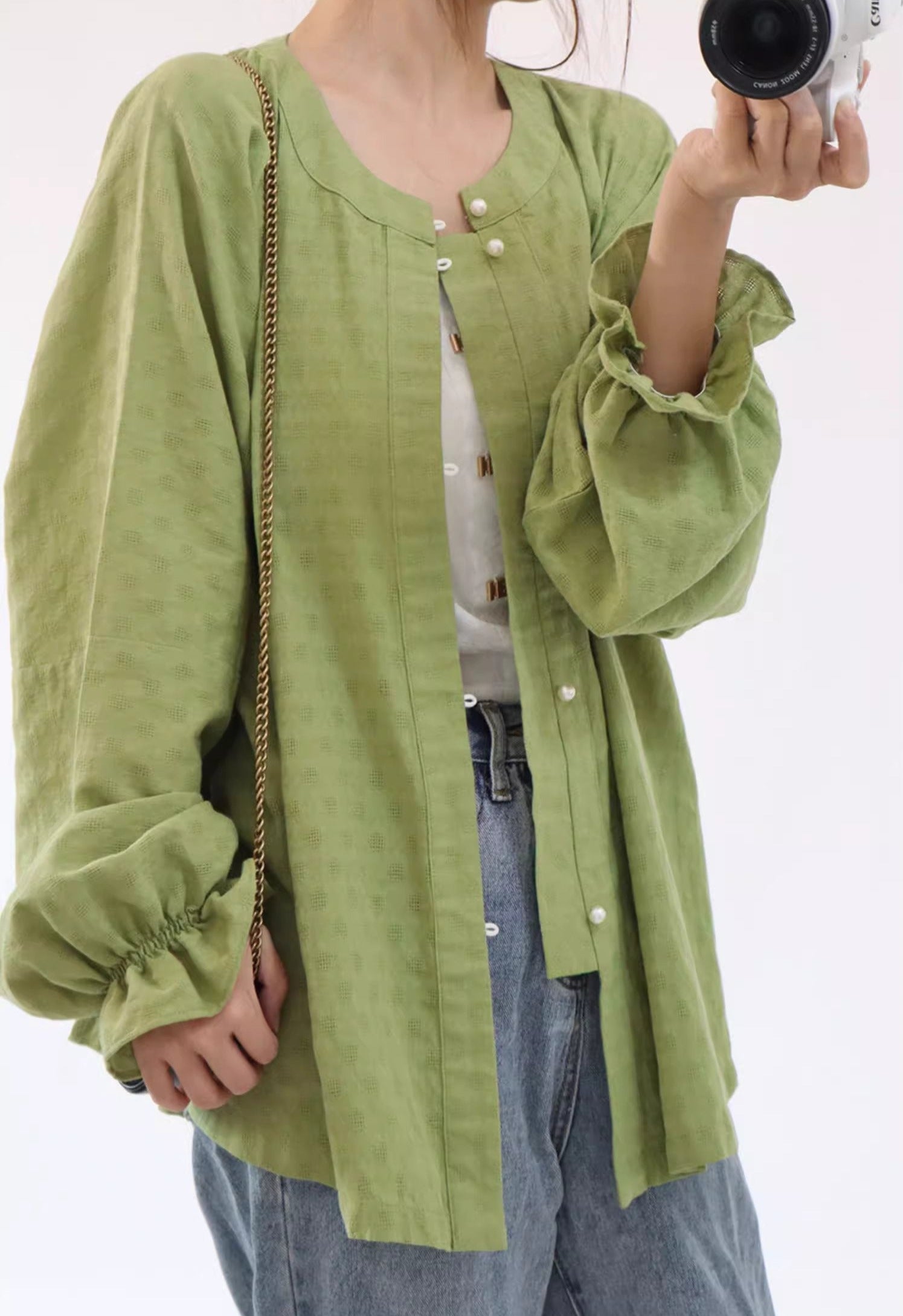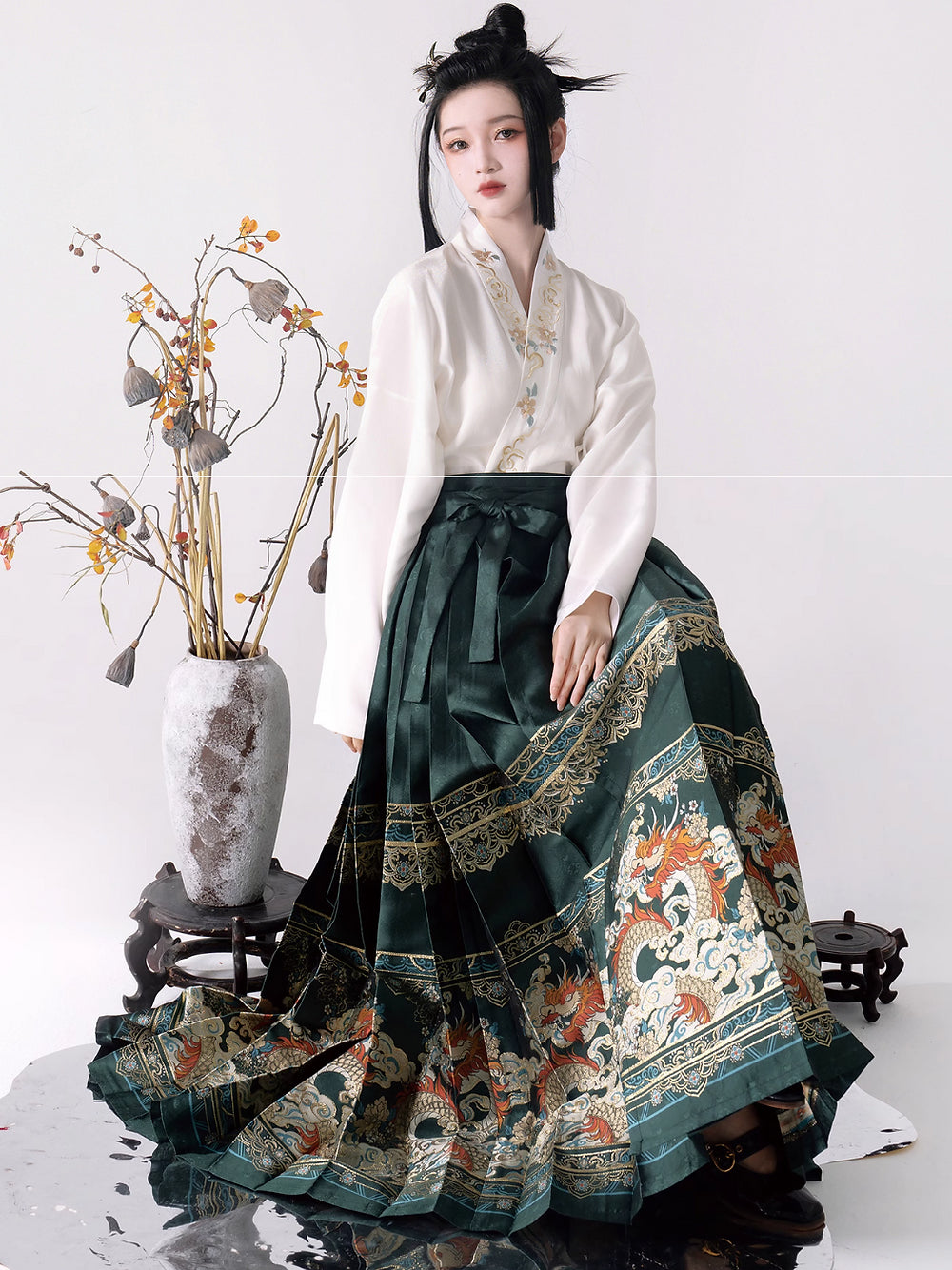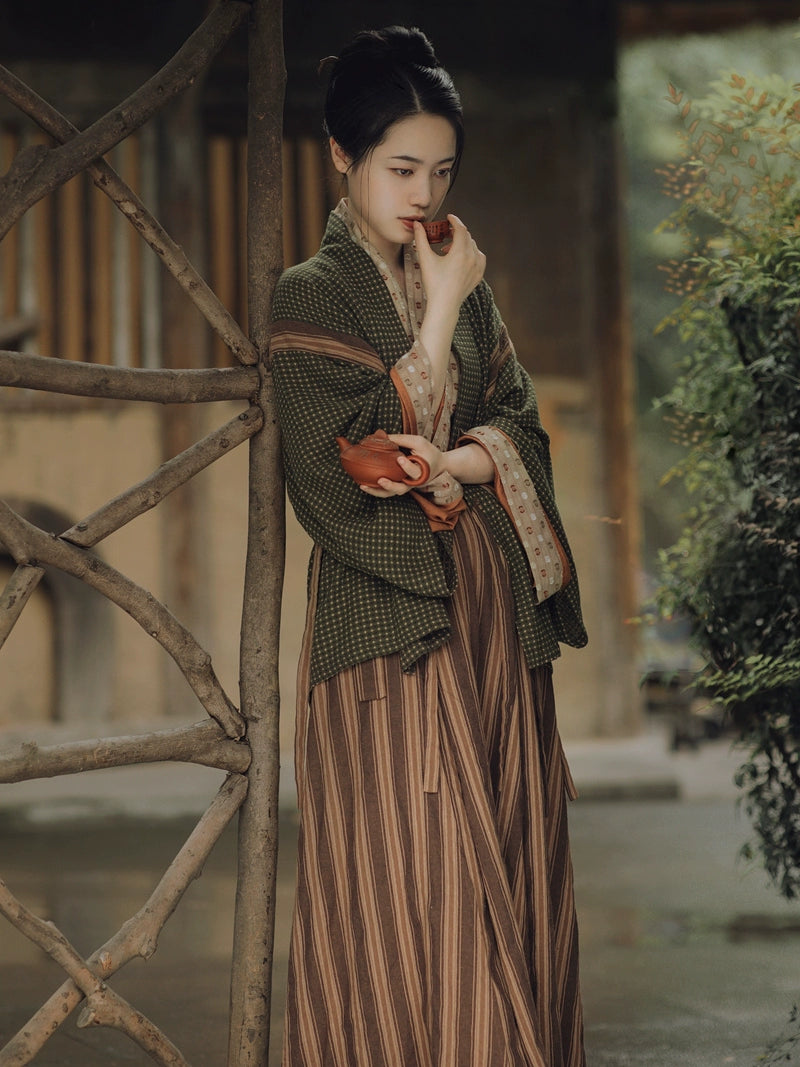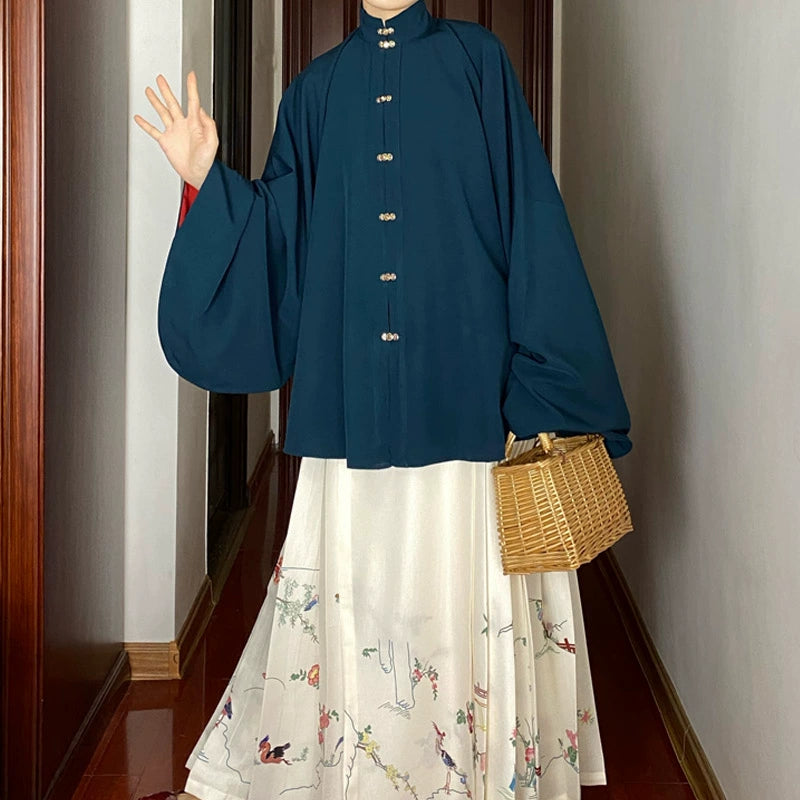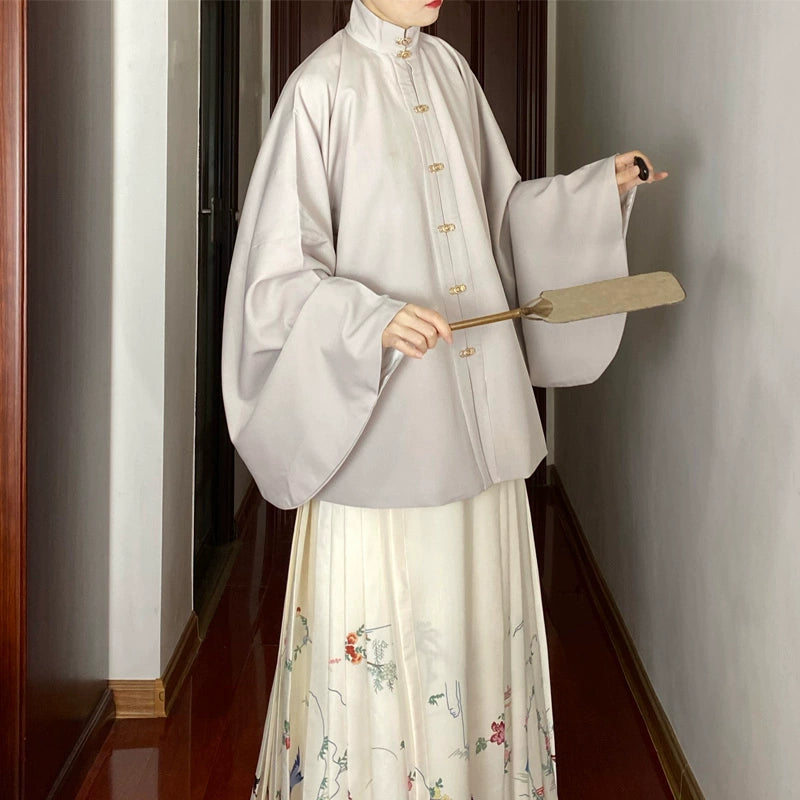Deciphering Sizing Charts
Most of our sizing charts are measured differently and have keywords not typically used in western sizing chart.
Our clothing is cut and sewn in the traditional way, hence the new terms!
In general, it is recommended to size up by once or twice from your typical western size.
All garments are hand measured and may be larger/smaller by 1-2cm.
Definitions & How to Measure
Measuring Yourself
Wear tight-fitting clothes, lightly padded undergarments, and use a tailor's tape for most accurate measurements!
Note that Chinese sizes are typically smaller than US sizes. If it's your first time purchasing hanfu or qipao, please size up once or twice from your typical western size.
For qipaos/cheongsams specifically, it is recommended to add 2-3cm to your measurements for a comfortable fit. Or 3-5cm for a looser vintage fit.
Please chose a size that accommodates the widest part of your body with added measurements.
Need Help with Sizing?
Feel free to contact us to help with any sizing questions!
Ready to Shop?
Now that you're measured and ready to go, explore some of our best selling sets from every dynasty!
Mystery A'Huang 谜阿凰
Sen Lin 森林 Forest Fairy Modernized Ming Dynasty Liling Top & Easy-Wear Mamian Set
Momo Qipao 茉茉旗袍店
Sheng Dao 省道 Province Road 1960s Retro Stripe Cap Sleeve Qipao
Man Chun Xue 漫春雪
Mystery A'Huang 谜阿凰
Gan Cao 甘草 Licorice Modernized Ming Dynasty Liling Top & Easy-Wear Mamian Set
Lumingxi Hanfu 鹿鸣溪
Dan Ta 蛋挞 Egg Tart Ming Dynasty Yuanling Shan Pure Cotton Top
Yishanji Hanfu 壹衫记汉服
Suyu Huachang 素羽华裳
Tinglan Song 汀兰颂
Guichunji Traditional Costumes 归春集
